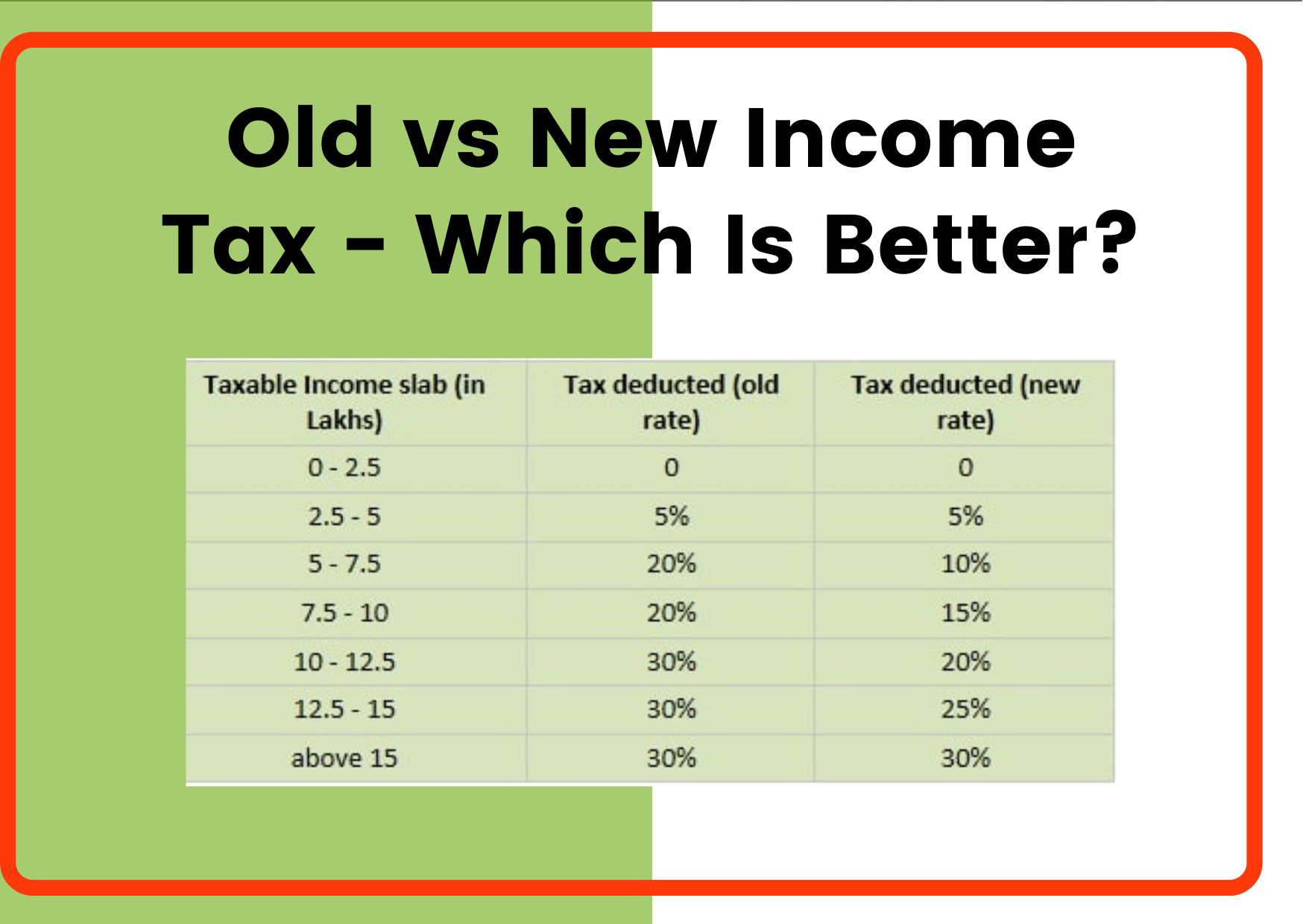Film Regulations in 2025 have emerged as a focal point in the global film industry. With rapid advancements in technology and the increasing internationalization of cinema, it has become imperative for industry stakeholders to understand the regulatory frameworks governing movies. These rules not only dictate how films are produced but also influence their distribution, marketing strategies, and consumption patterns across the globe.
The film industry operates within a complex network of regulations that differ significantly from one country to another. These regulations aim to ensure responsible filmmaking practices, respect cultural norms, and adhere to legal requirements. This article provides an in-depth exploration of Movie Rules 2025, offering valuable insights for filmmakers, distributors, and cinephiles alike.
As we examine this subject, you will uncover how these regulations affect creative processes, guide content creation, and mold the future landscape of cinema. Whether you are a filmmaker striving to overcome regulatory hurdles or a movie enthusiast eager to learn about the intricacies of the industry, this article will equip you with the necessary knowledge.
Read also:The Enigmatic Journey Of Billy Corgan And The Smashing Pumpkins
Table of Contents
- Overview of Film Regulations 2025
- Essential Industry Regulations
- Technological Impact on Regulations
- Geographical Variations in Regulations
- Challenges for Content Creators
- Classification Systems for Films
- Distribution and Marketing Protocols
- Upcoming Trends in Regulations
- Strategies for Navigating Regulations
- Final Thoughts
Overview of Film Regulations 2025
Film Regulations 2025 encompass the latest set of guidelines and standards that govern the film industry in the mid-2020s. These regulations are crafted to address emerging challenges brought about by cutting-edge technologies, evolving audience expectations, and shifting societal values. By familiarizing themselves with these rules, filmmakers and industry professionals can ensure their projects align with both legal and ethical benchmarks.
Why Are Film Regulations Crucial?
Film regulations serve several vital purposes:
- They safeguard intellectual property rights, guaranteeing that filmmakers and studios are appropriately compensated for their creations.
- They protect cultural values by prohibiting the release of content that may be deemed offensive or inappropriate.
- They establish a framework for equitable competition, preventing monopolistic practices within the industry.
How Have Film Regulations Developed Over Time?
Throughout the years, film regulations have undergone significant transformations to keep pace with technological progressions. For instance, the emergence of streaming platforms has necessitated the introduction of new regulations to manage digital distribution. Additionally, the growing globalization of cinema has led to the alignment of rules across various regions.
Essential Industry Regulations
The film industry is governed by a diverse array of regulations that cover different facets of production, distribution, and exhibition. Below are some of the most critical regulations that filmmakers must be aware of:
1. Copyright Laws
Copyright laws are among the most significant regulations in the film industry. These laws safeguard the rights of creators, ensuring that their work cannot be utilized without proper authorization. Filmmakers must be well-versed in copyright laws to avoid legal disputes and maintain legal compliance.
2. Content Limitations
Many countries impose specific content limitations that define what is permissible and impermissible in films. These limitations often vary based on cultural, religious, and political considerations. For example, certain countries may prohibit films that depict violence, nudity, or contentious political subjects.
Read also:Exploring Allmovieshub 300mb Your Ultimate Guide
3. Labor Laws
Filmmaking involves a multitude of individuals, from actors and directors to crew members and production staff. Labor laws regulate the working conditions, wages, and rights of these individuals, ensuring they are treated fairly and ethically.
Technological Impact on Regulations
Technology has profoundly influenced the film industry, compelling movie regulations to adapt accordingly. Below, we delve into some of the ways technology has reshaped movie regulations:
1. Streaming Platforms
The advent of streaming platforms like Netflix, Amazon Prime, and Disney+ has transformed the manner in which films are distributed and consumed. Consequently, new regulations have been developed to address digital distribution, encompassing issues related to licensing, royalties, and content moderation.
2. Artificial Intelligence
Artificial intelligence (AI) is increasingly utilized in the film industry for tasks such as scriptwriting, editing, and visual effects. While AI offers numerous advantages, it also raises ethical and legal concerns, particularly concerning intellectual property rights and the use of AI-generated content.
3. Virtual Reality
Virtual reality (VR) is another emerging technology revolutionizing the film industry. VR films deliver immersive experiences that blur the lines between traditional cinema and interactive media. As a result, new regulations are required to tackle issues like content safety and user privacy.
Geographical Variations in Regulations
Film regulations differ considerably across regions, reflecting variations in cultural values, legal systems, and political environments. Below, we examine some of the primary geographical differences in film regulations:
1. United States
In the United States, the film industry is governed by a combination of federal and state laws. The Motion Picture Association (MPA) plays a pivotal role in establishing industry standards, particularly regarding content ratings. The MPA's rating system, which includes categories such as G, PG, PG-13, R, and NC-17, assists audiences in selecting suitable content.
2. European Union
The European Union has implemented a variety of regulations to manage the film industry, including rules related to copyright, content limitations, and funding. The EU also promotes cultural diversity through initiatives such as the European Film Fund, which supports films that reflect European values and traditions.
3. Asia
In Asia, film regulations vary significantly depending on the country. For example, countries like China and India enforce strict content limitations, especially concerning political and religious themes. Conversely, countries like Japan and South Korea have more liberal regulations, allowing for greater creative freedom.
Challenges for Content Creators
Content creators encounter numerous challenges when navigating film regulations. Below, we discuss some of the most prevalent challenges and potential solutions:
1. Compliance with Diverse Regulations
Content creators often need to comply with regulations from multiple jurisdictions, particularly if their films are intended for global distribution. This can be a complex and time-consuming process that demands meticulous planning and coordination.
2. Balancing Creativity with Compliance
One of the most significant challenges for content creators is balancing creative freedom with regulatory compliance. While creators aim to explore new ideas and push boundaries, they must also ensure their work adheres to legal and ethical standards.
3. Managing Content Restrictions
Content restrictions can pose substantial obstacles for content creators, especially in countries with stringent censorship laws. Creators might need to make compromises regarding content to guarantee their films can be distributed and exhibited in these markets.
Classification Systems for Films
Classification systems are integral to the film industry, aiding audiences in making informed decisions about the films they watch. Below, we explore some of the most widely recognized classification systems globally:
1. MPAA Classification System (United States)
The Motion Picture Association of America (MPAA) classification system is one of the most recognized content rating systems worldwide. It includes categories such as G (General Audiences), PG (Parental Guidance Suggested), PG-13 (Parents Strongly Cautioned), R (Restricted), and NC-17 (No One 17 and Under Admitted).
2. BBFC Classification System (United Kingdom)
The British Board of Film Classification (BBFC) is responsible for rating films in the United Kingdom. The BBFC's classification system includes categories such as U (Universal), PG (Parental Guidance), 12A (Suitable for 12 Years and Over), 15 (Suitable for 15 Years and Over), and 18 (Suitable for Adults Only).
3. CBFC Classification System (India)
In India, the Central Board of Film Certification (CBFC) is responsible for rating films. The CBFC's classification system includes categories such as U (Unrestricted Public Exhibition), U/A (Parental Guidance for Children Below 12 Years), A (Restricted to Adults), and S (Restricted to Special Classes of Persons).
Distribution and Marketing Protocols
Distribution and marketing are crucial elements of the film industry, subject to a range of regulations. Below, we discuss some of the key protocols that filmmakers must be cognizant of:
1. Licensing Contracts
Filmmakers must enter into licensing contracts with distributors to ensure their films are distributed lawfully. These contracts typically address issues such as royalties, territorial rights, and distribution channels.
2. Advertising Standards
Advertising standards regulate how films are marketed to audiences. Filmmakers must ensure their promotional materials comply with these standards, particularly regarding content limitations and age-appropriate messaging.
3. Digital Distribution
With the rise of streaming platforms, digital distribution has become an increasingly important aspect of the film industry. Filmmakers must be aware of the regulations governing digital distribution, including rules related to content moderation and user privacy.
Upcoming Trends in Regulations
As we look forward to 2025 and beyond, several trends are likely to influence the future of film regulations. Below, we explore some of these trends:
1. Enhanced Focus on Diversity
There is a growing emphasis on diversity and inclusion in the film industry, with regulators encouraging the production of films that represent a broad spectrum of perspectives and experiences. This trend is expected to continue, with more regulations being introduced to promote diversity.
2. Stricter Data Privacy Measures
As the film industry becomes increasingly digital, data privacy has become a major concern. Regulators are likely to implement stricter laws to safeguard user data, especially concerning streaming platforms and online marketing.
3. Greater Utilization of AI and Automation
AI and automation are set to play a more prominent role in the film industry, from scriptwriting to post-production. This will necessitate new regulations to address issues such as intellectual property rights and the ethical use of AI-generated content.
Strategies for Navigating Regulations
Navigating film regulations can be a complex and challenging endeavor, but filmmakers can employ several strategies to ensure compliance:
1. Stay Updated
Filmmakers should remain informed about the latest advancements in film regulations by following industry news, attending conferences, and consulting with legal experts.
2. Collaborate with Experts
Working with legal and regulatory experts can assist filmmakers in navigating the intricacies of film regulations. These experts can offer guidance on issues such as copyright, content limitations, and distribution contracts.
3. Plan Ahead
Filmmakers should plan meticulously to ensure their projects comply with relevant regulations. This includes conducting thorough research, securing necessary licenses, and obtaining appropriate classifications.
Final Thoughts
Film Regulations 2025 constitute a critical framework for the film industry, influencing how films are produced, distributed, and consumed. By understanding these regulations, filmmakers and industry professionals can ensure their projects meet legal and ethical standards while also fostering creativity.
We have explored the key elements of Film Regulations 2025, from copyright laws and content limitations to geographical differences and future trends. By staying informed and collaborating with experts, filmmakers can successfully navigate these regulations and contribute to the continued growth and evolution of the film industry.
We encourage filmmakers and enthusiasts alike to engage with these regulations to enhance the quality and impact of their cinematic contributions.

